Navigating Group Dynamics in the Classroom: Tips for Successful Collaboration
12 January 2025
Classroom collaboration can feel like a mixed bag, right? One minute, everyone’s brainstorming brilliant ideas; the next, it’s like herding cats. Some students thrive in group settings, while others would rather fly solo. But in today’s educational landscape, teamwork is non-negotiable. It’s a vital skill that transcends school and follows us into our professional lives. So, how can you foster successful collaboration and navigate the sometimes tricky group dynamics in the classroom?
In this article, we'll unpack the key strategies for navigating group dynamics, ensuring that students not only work together but also thrive together.
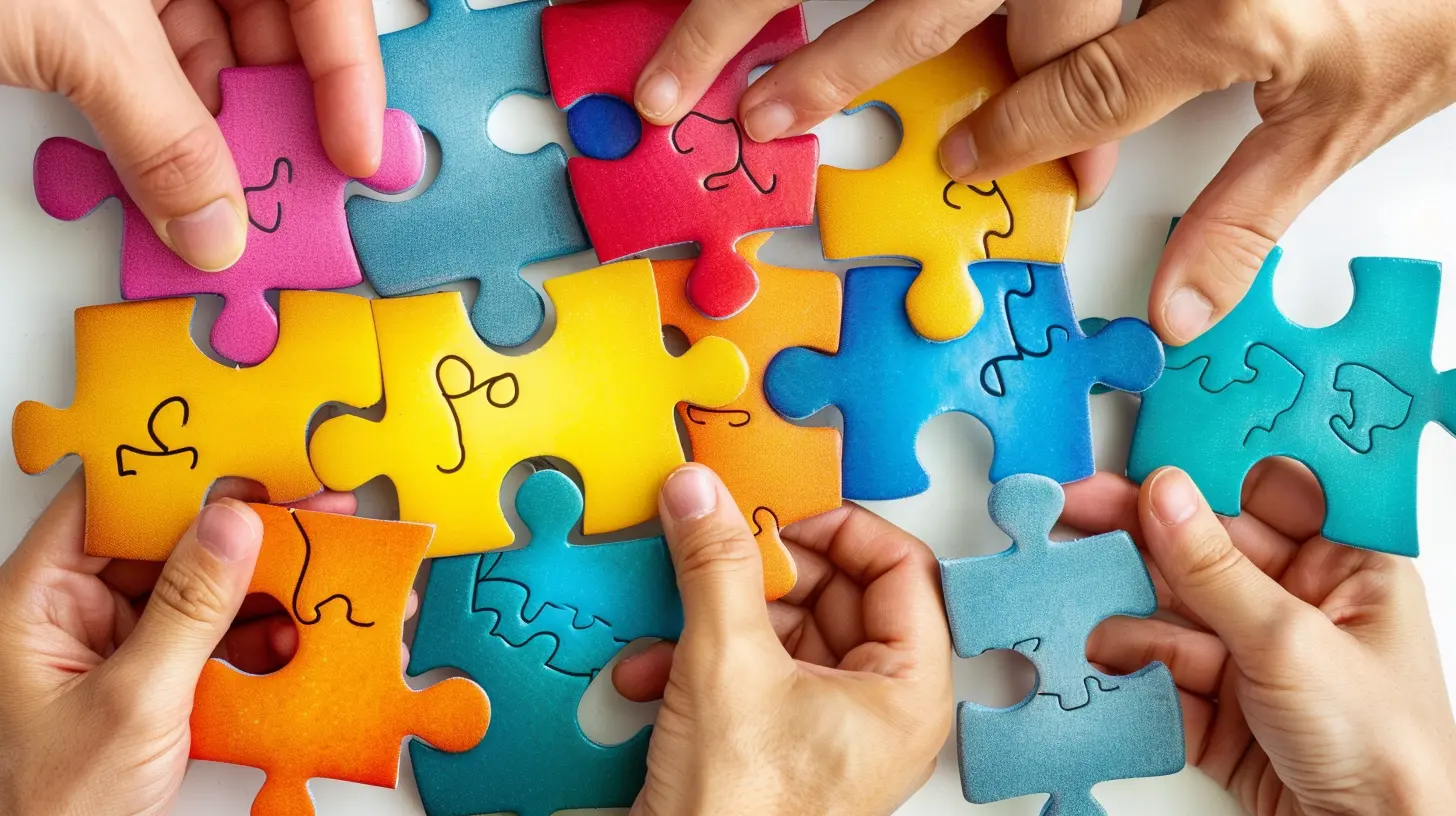
Why Group Dynamics Matter
Before diving into the how-tos, let’s first acknowledge why group dynamics are essential. Group work isn’t just about completing tasks together; it's about learning how to negotiate, communicate, and collaborate with others. These are life skills, not just academic ones.When group dynamics work well, students can come up with ideas that are greater than the sum of their individual contributions. Essentially, they become more innovative together than they could ever be alone. But when group dynamics go awry, the entire endeavor can fall apart. Frustration, lack of communication, and even conflict can derail what could’ve been a productive project.
So how do you, as an educator, create an environment where collaboration flourishes?
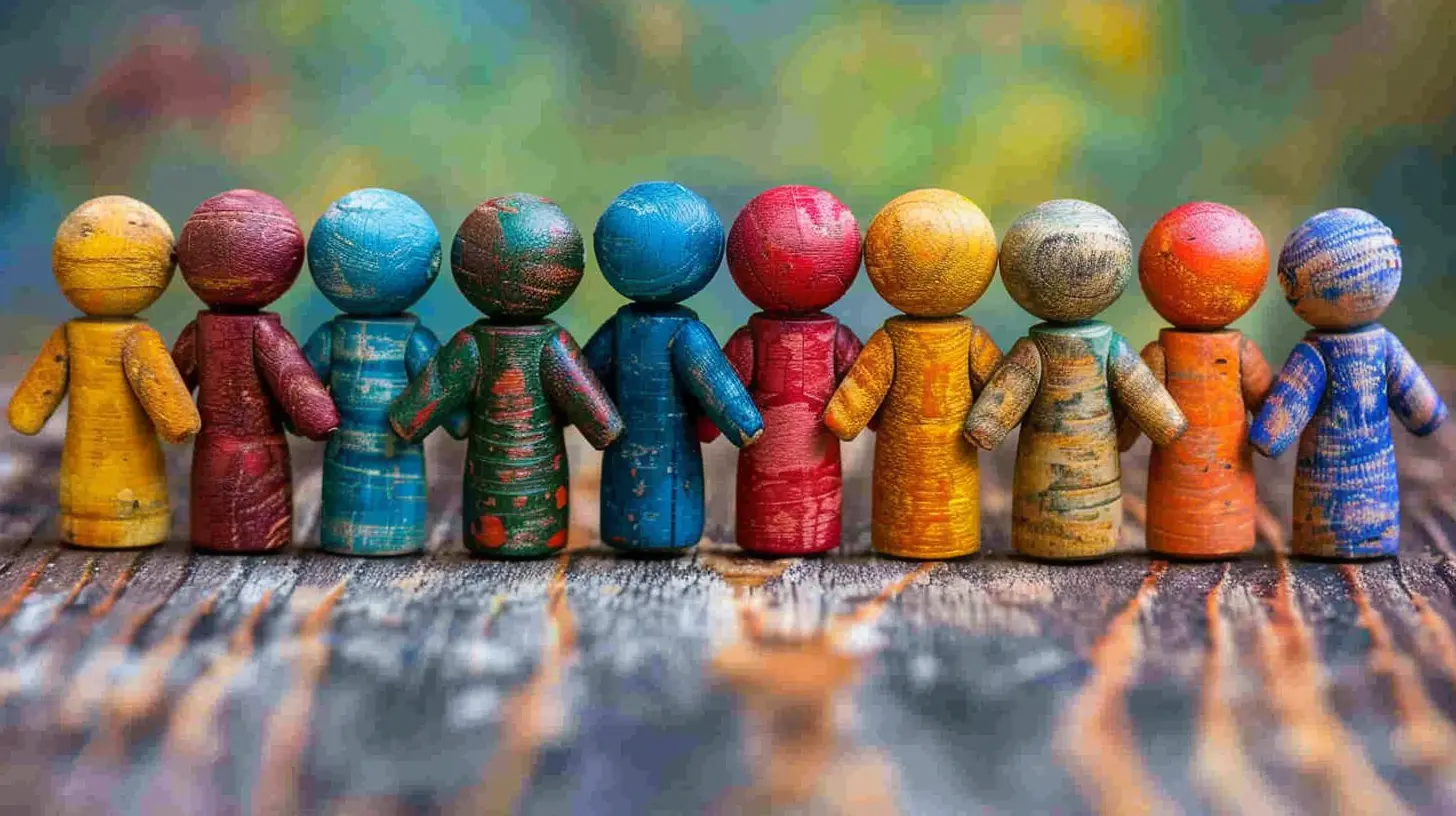
Key Elements of Group Dynamics
Before we jump into the tips, let’s lay the groundwork by understanding the key components that make up group dynamics. Recognizing these elements can help you identify where things may be going wrong, or even better, how to set your students up for success from the get-go.1. Roles and Responsibilities – Every group needs a clear understanding of who’s doing what. Otherwise, things get messy fast. Someone might feel they’re doing all the heavy lifting, while another feels like they’re being sidelined.
2. Communication – Effective communication is the glue that holds any group together. Without it, misunderstandings and conflicts are bound to arise.
3. Trust and Respect – Group members must trust each other to pull their weight and respect differing opinions. Without these, collaboration quickly deteriorates.
4. Conflict Resolution – Not all conflict is bad. Sometimes, disagreements can lead to better solutions. The key is knowing how to resolve conflicts constructively.
5. Motivation – Let’s be honest, not everyone is equally motivated all the time. Yet, a group functions best when everyone is at least somewhat invested in the project’s success.
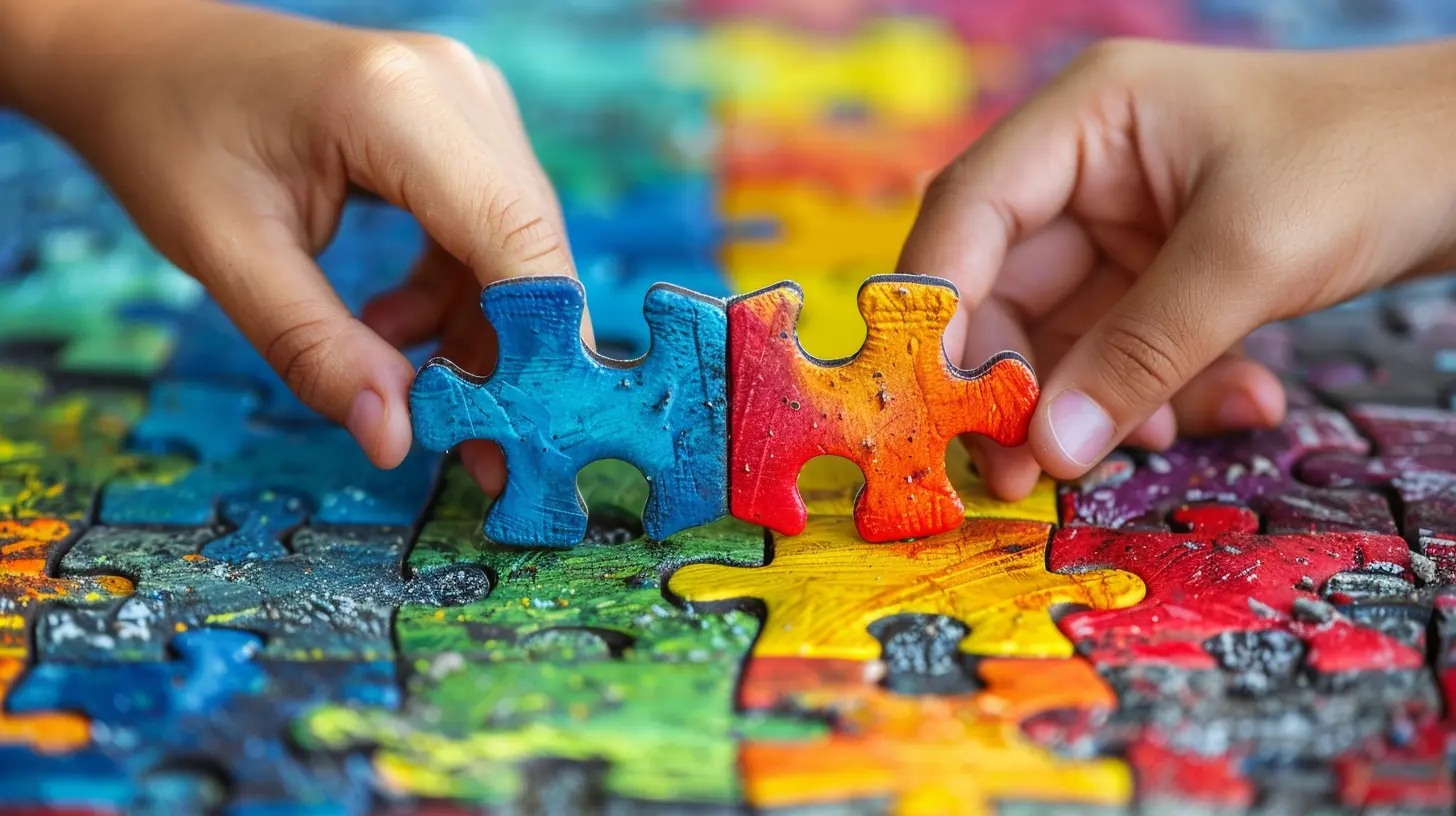
Tip #1: Establish Group Norms Early
It’s tempting to throw students into a group and say, “Figure it out!” But that’s a recipe for chaos. Instead, help them establish group norms from the beginning. Think of these as the unspoken rules that govern how the group will interact.How Do You Establish Group Norms?
- Discuss Expectations – Have an open conversation about what each member expects from the group. This could include how often they’ll meet, how they’ll communicate, and how tasks will be divided.- Set Clear Goals – It’s easier to work together when everyone is on the same page about what needs to be accomplished. Help the group set specific, measurable goals.
- Agree on Conflict Resolution Methods – Make sure the group discusses how they’ll handle conflict. Will they vote? Will they consult the teacher? Having a plan in place makes it easier to address issues as they arise.
By setting these norms early, you create a framework that helps the group function smoothly, even when challenges emerge.
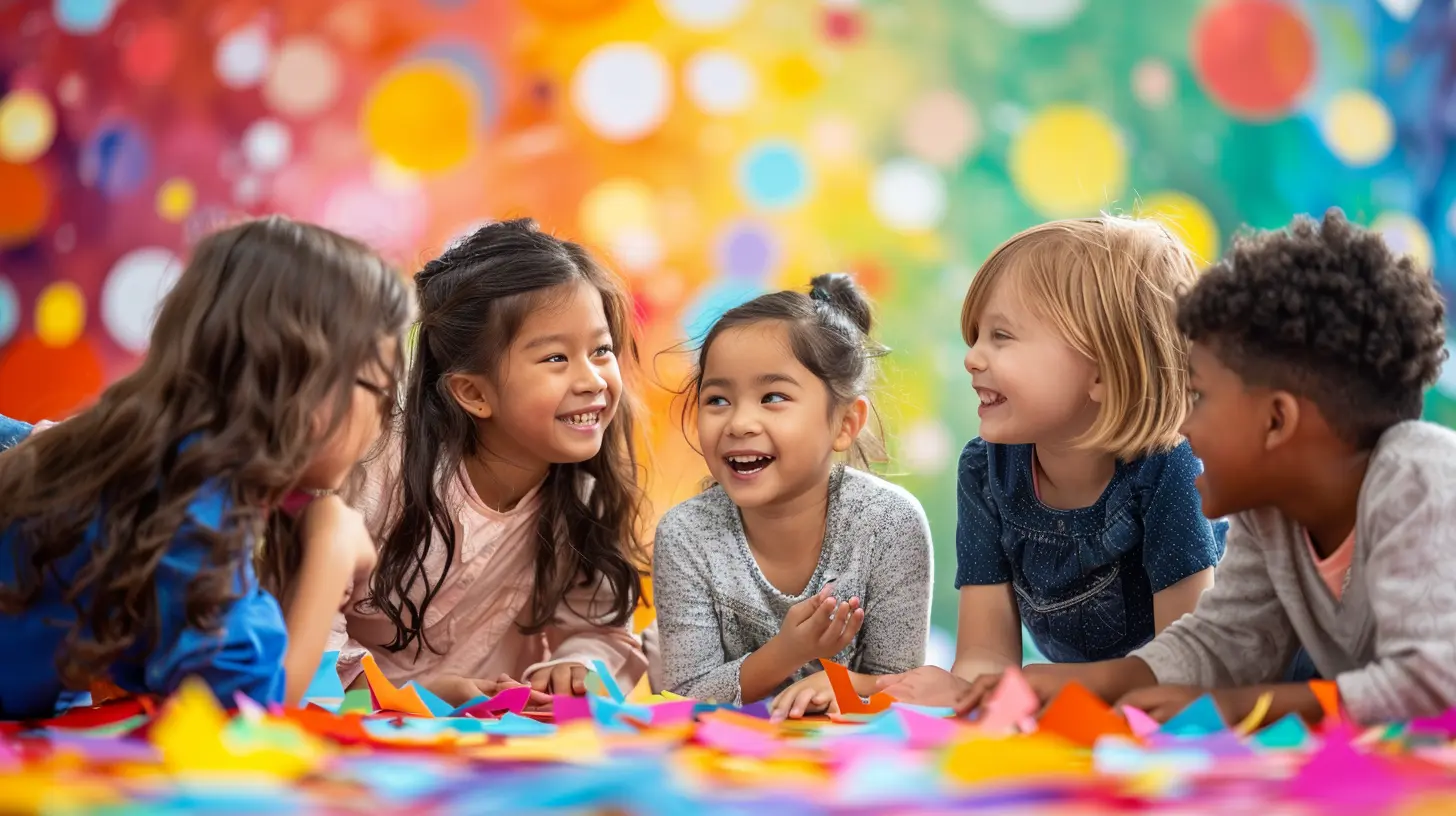
Tip #2: Assign Roles Based on Strengths
Not everyone is a natural leader, and that’s okay. Effective group work happens when roles are assigned based on individual strengths. Some students are great at organizing, while others are more creative or detail-oriented. The key is to identify these strengths and assign roles that play to them.Common Roles in Group Work
- The Leader – This person keeps the group on task and ensures deadlines are met. They’re usually good at seeing the big picture and delegating tasks.- The Researcher – This person digs deep into the material. They’re often the fact-finder and excel at gathering information.
- The Organizer – This person is the planner. They make sure everything is structured and that the group is meeting its objectives in an orderly fashion.
- The Creative – This person is the idea generator. They’re full of innovative solutions and aren’t afraid to think outside the box.
- The Editor – This person has an eye for detail. They ensure the final product is polished and error-free.
By assigning roles, you not only play to individual strengths but also help avoid the dreaded “one person does all the work” scenario. The group becomes more balanced, and everyone has a defined responsibility.
Tip #3: Encourage Open Communication
Communication is the lifeblood of any successful group project. Without it, even the most well-meaning groups can fall apart. So how do you encourage students to communicate openly?Strategies to Foster Communication
- Use Technology – Today’s students are digital natives. Encourage the use of group chats, project management tools, or collaborative platforms like Google Docs to help keep communication flowing.- Regular Check-Ins – Set up regular check-ins so that group members can update each other on their progress and any challenges they’re facing.
- Create a Safe Space – Students should feel comfortable voicing their opinions without fear of judgment. Encourage active listening and constructive feedback.
By fostering open communication, you ensure that small issues don’t become big problems. It also helps create an environment where every team member feels valued and heard.
Tip #4: Teach Conflict Resolution Skills
Let’s face it: conflict is inevitable. But rather than viewing it as a bad thing, teach your students that conflict can be an opportunity for growth. The key is not avoiding conflict but resolving it in a way that benefits the group.How to Handle Conflict
- Stay Objective – Remind students to focus on the issue, not the person. Personal attacks only escalate tensions.- Listen Actively – Sometimes conflicts arise simply because people feel like they aren’t being heard. Encourage students to practice active listening, where they fully concentrate on what the other person is saying before responding.
- Find Common Ground – In most cases, group members really want the same thing: to succeed. Help them find that common goal and work backward to resolve their differences.
When students know how to handle conflict, it becomes less of a roadblock and more of a potential avenue for creative problem-solving.
Tip #5: Monitor and Reflect on Group Performance
One of the most effective ways to help students improve their collaboration skills is through reflection. After completing a group project, have them look back on their performance as a team.Key Reflection Questions
- What went well in the group?- Where could the group improve?
- Did everyone contribute equally? If not, why?
- How did the group handle challenges or conflicts?
Reflection encourages students to think critically about their group dynamics and identify areas for improvement. It also helps them understand that collaboration, like any other skill, can be developed and refined over time.
Tip #6: Balance Group Sizes
Ever been in a group that’s too small or, worse, too large? The size of the group plays a significant role in how well students collaborate. Too few members, and the workload can become overwhelming. Too many, and some students may become “free riders,” letting others do the bulk of the work.Ideal Group Sizes
For most classroom projects, groups of 3-5 students work best. This size allows for diverse input while still being small enough for everyone to contribute meaningfully.Tip #7: Foster a Growth Mindset
Finally, fostering a growth mindset can have a profound impact on group dynamics. Groups that believe in their ability to learn from mistakes are more likely to persevere through challenges.How to Encourage a Growth Mindset
- Praise Effort, Not Just Results – Encourage students to focus on the process of learning, not just the end result.- Embrace Mistakes – Make it clear that mistakes are a natural part of the learning process. In fact, they often lead to better ideas and solutions.
- Model Resilience – Show students that setbacks aren’t failures, but opportunities to try again with a new approach.
When students adopt a growth mindset, they’re more likely to stick with group work, even when the going gets tough.
Conclusion
Navigating group dynamics in the classroom is no easy feat, but with the right strategies in place, you can help your students work together more effectively. From establishing group norms to fostering open communication and teaching conflict resolution, there are countless ways to set your students up for collaborative success.Remember, collaboration isn’t just about getting the project done—it’s about building the skills students will need long after they leave your classroom. So, the next time you assign group work, keep these tips in mind. Who knows? You might just watch your students transform from reluctant collaborators into teamwork champions.
all images in this post were generated using AI tools
Category:
CollaborationAuthor:

Fiona McFarlin
Discussion
rate this article
18 comments
Sylvia McCune
Effective communication and clear roles are essential for successful collaboration.
February 21, 2025 at 8:25 PM

Fiona McFarlin
Absolutely! Clear communication and defined roles are key to fostering productive teamwork in any classroom setting.
Spencer McLaughlin
Together we thrive, weaving wisdom through shared voices.
February 2, 2025 at 4:25 AM

Fiona McFarlin
Thank you! Collaboration truly flourishes when we embrace diverse perspectives and learn from one another.
Azurael Hardy
Collaboration is key—let teamwork spark your success!
January 28, 2025 at 1:40 PM

Fiona McFarlin
Absolutely! Teamwork fosters creativity and builds stronger solutions. Embrace collaboration to enhance learning experiences!
Delilah Adams
Ah yes, because nothing says “teamwork” like a bunch of students arguing over who gets to be the group leader!
January 23, 2025 at 8:43 PM

Fiona McFarlin
Indeed, balancing group roles can be challenging, but open communication and shared goals can foster true collaboration!
John McVaney
This article offers valuable insights into managing group dynamics, emphasizing the importance of clear communication and defined roles. Implementing these strategies can significantly enhance collaborative efforts and foster a positive learning environment.
January 19, 2025 at 9:05 PM

Fiona McFarlin
Thank you for your feedback! I'm glad you found the insights on communication and roles valuable for fostering collaboration in the classroom.
Teagan Hughes
Great insights! Collaboration truly enhances learning experiences together.
January 18, 2025 at 5:15 AM

Fiona McFarlin
Thank you! I'm glad you found the insights valuable. Collaboration really does enrich the learning journey!
Zarev Cantu
Thank you for sharing these insightful tips on managing group dynamics! Your suggestions will undoubtedly help educators foster more productive and harmonious collaboration among students. Great work!
January 17, 2025 at 5:45 AM

Fiona McFarlin
Thank you for your kind words! I'm glad you found the tips helpful for fostering collaboration in the classroom.
Icarus Diaz
Ah, group dynamics—the ultimate sport where emotions are high, and snacks are the real MVP! Remember, the key to successful collaboration is to assign the snack duty wisely. After all, fueled by cookies, even the most chaotic teams can conquer the classroom world—one cookie at a time!" 🍪😄
January 16, 2025 at 7:28 PM

Fiona McFarlin
Absolutely! Snacks can boost morale and collaboration, proving that a little sweetness can lead to big successes in group dynamics. 🍪😊
Jillian McManus
Thank you for sharing these valuable insights! Understanding group dynamics is essential for fostering collaboration in the classroom. Your tips will undoubtedly help educators create a more cohesive and supportive learning environment for all students.
January 16, 2025 at 1:10 PM

Fiona McFarlin
Thank you for your kind words! I'm glad you found the insights helpful for fostering collaboration in the classroom.
Ivy Bass
Great insights on fostering cooperation and enhancing group collaboration skills!
January 16, 2025 at 3:50 AM

Fiona McFarlin
Thank you! I'm glad you found the insights helpful for promoting collaboration in the classroom.
Colt Cook
Empower collaboration for brighter, collective success!
January 15, 2025 at 7:56 PM

Fiona McFarlin
Thank you! Collaboration truly enhances group dynamics and fosters collective success in the classroom.
Kael Myers
This article provides invaluable insights into fostering effective group dynamics in the classroom. By emphasizing communication, roles, and a supportive environment, educators can enhance collaboration and empower students to thrive both individually and collectively. Essential reading for teachers!
January 15, 2025 at 12:17 PM

Fiona McFarlin
Thank you for your thoughtful feedback! I'm glad you found the insights on communication and supportive environments valuable for enhancing collaboration in the classroom.
Daniella Hill
Embrace diverse perspectives; they enrich collaboration and foster a deeper understanding in learning.
January 15, 2025 at 3:52 AM

Fiona McFarlin
Absolutely! Embracing diverse perspectives enhances collaboration and deepens understanding, making group dynamics more effective in the classroom.
Daniel Dodson
This article is a fantastic guide! Embracing group dynamics can transform classrooms into vibrant hubs of creativity and collaboration. Happy learning!
January 14, 2025 at 7:57 PM

Fiona McFarlin
Thank you for your kind words! I'm glad you found the guide helpful in fostering creativity and collaboration. Happy teaching!
Hunter Fry
What a fantastic read! 🌟 Navigating group dynamics can truly enhance the classroom experience. Your practical tips are not only insightful but also inspire a positive spirit of collaboration. Let’s embrace teamwork and creativity—together, we can achieve so much more! Here’s to successful group adventures ahead! 🎉✨
January 14, 2025 at 3:35 AM

Fiona McFarlin
Thank you so much for your kind words! I'm thrilled you found the tips helpful. Here’s to many successful collaborations ahead! 🎉✨
Cecilia Brown
Empowering students through collaboration fosters understanding and resilience—every effort strengthens their learning experience together.
January 13, 2025 at 9:44 PM

Fiona McFarlin
Thank you for highlighting the importance of collaboration! It truly enhances both understanding and resilience among students, enriching their learning journey.
Lumen McFarland
Group work: where you learn that collaboration is just a fancy word for ‘who forgot to bring the snacks?’ Remember, when the dynamics get bumpy, just channel your inner referee and keep the peace—after all, it’s not just about the project, but the battle for best pizza toppings!" 🍕🎉
January 13, 2025 at 3:21 AM

Fiona McFarlin
Great perspective! Snacks definitely ease the tension and spark collaboration. Keeping things light-hearted can make all the difference in team dynamics. 🍕✨
Rosalie Gonzalez
This article beautifully captures the essence of teamwork in education; fostering collaboration truly enriches the learning experience.
January 12, 2025 at 11:36 AM

Fiona McFarlin
Thank you! I'm glad you found the article resonant. Collaboration truly is key to enhancing the learning experience.
MORE POSTS
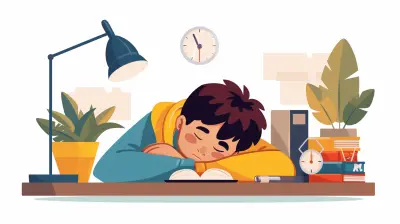
The Link Between Sleep and Homework Performance

Developing Life Skills Through Homeschooling
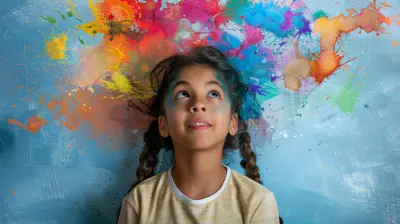
The Power of Improv in Developing Student Creativity

The Power of Reflective Teaching for Professional Growth
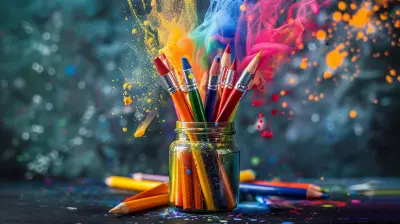
The Role of Arts in Developing Critical Thinking Skills
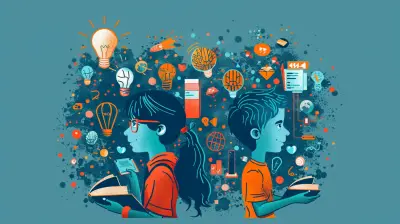
Strategies to Support Neurodiverse Learners in Mainstream Education

Scaffolding Techniques to Support Student Learning
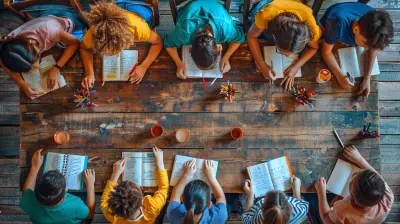
Engaging Students with Interactive Lesson Plans

Teaching Digital Citizenship: Why It Matters

How to Foster Civic Engagement in the Digital Age
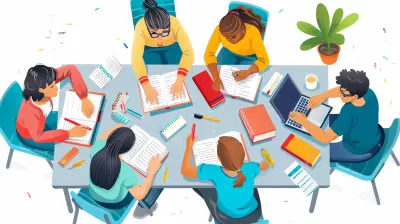
The Benefits of Collaborative Homework Sessions